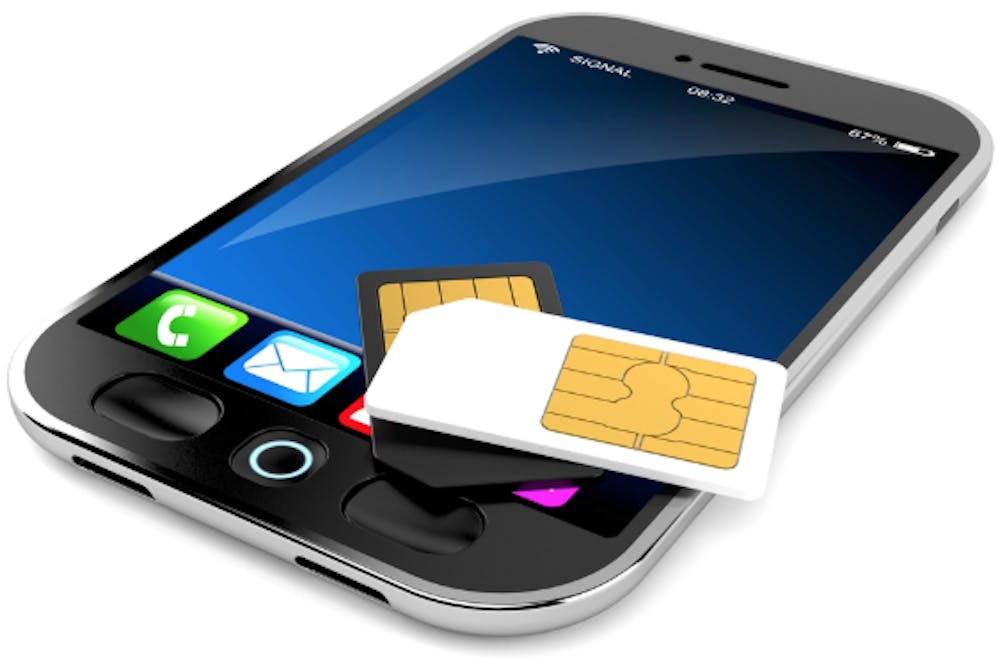Burner phones, also known as disposable or prepaid phones, can serve a variety of purposes and offer unique benefits. These compact devices provide a level of privacy and anonymity, making them useful for temporary communication needs or situations where you prefer to keep your personal information separate.
Whether you're traveling, selling items online, or simply want an additional phone for specific purposes, a burner phone can be a handy tool. With affordable prepaid plans, you have control over usage and expenses. Burner phones can also be used as backup devices or emergency phones. Just insert a SIM card, and you're ready to make calls, send texts, and access basic features.
Let’s take a look at how burner phones started out and how they became what they are today.
Prepaid Phone Services
Back in the 1990s, prepaid phone plans revolutionized the way people accessed and utilized mobile communication. These plans offered individuals the flexibility and convenience of owning a mobile phone without the hassle of long-term contracts or credit checks.
With prepaid phone plans, users could purchase a phone and a prepaid SIM card, which came loaded with a specific amount of minutes or credit. It allowed people to control their spending and avoid unexpected bills. This was especially beneficial for individuals who didn't want to commit to a lengthy contract or had limited financial resources.
Prepaid phone plans opened up a world of possibilities. People could stay connected with friends and family, make important calls, and even send text messages, which were just starting to gain popularity at the time. It provided a sense of freedom and accessibility to those who previously may not have had access to traditional postpaid plans.
Furthermore, prepaid phone plans were appealing to young people, as they offered a sense of independence and responsibility. It allowed them to have their own mobile phone, while parents could easily manage their usage and expenses.
The popularity of prepaid phone plans grew rapidly, leading to a wide range of options and competitive pricing from various service providers. This ultimately contributed to the widespread adoption of mobile phones and played a significant role in shaping the future of telecommunications.
What’s in a Name?
Burner phones emerged as prepaid mobile phones that allowed users to purchase a phone and a prepaid SIM card without the need for a contract or long-term commitment. The way burner phones were used originated as a response to the need for temporary, disposable communication devices.
By their nature, they offered privacy and were harder to track. These devices gained popularity in the early 2000s, primarily due to their association with criminal activities depicted in popular culture. The term "burner phone" is derived from the practice of "burning" or disposing of a phone after its use to avoid detection or tracking.
While burner phones initially carried a negative connotation, they have also found legitimate uses in situations where privacy, anonymity, or temporary communication is desired. Burner phones are readily available in many markets and are used by individuals for a range of purposes, including personal security, business transactions, and temporary communication needs.
Then Versus Now
Burner phones have come a long way, adapting to the changing times. In the 1990s, they were simple and straightforward devices used for temporary communication. But today, they have evolved into much more than that. Burner phones now boast advanced features like internet access, app capabilities, and even smartphone-like functionalities.
They offer increased privacy and security options, making them popular among those seeking anonymity. With sleek designs and improved performance, burner phones have become more versatile and user-friendly. They continue to serve as a convenient tool for temporary or discreet communication while keeping up with the demands of our modern, connected world.
Disposing of a Burner Phone
It's important to prioritize privacy and security when disposing of your burner phone. Here are some friendly tips to help you responsibly handle the process:
1. Erase Your Data
Before disposing of the burner phone, ensure all personal data, contacts, messages, and any stored information are completely wiped. Perform a factory reset to restore the device to its original settings.
2. Remove the SIM Card
Take out the SIM card and destroy it separately. This helps further protect any personal or sensitive information that may be associated with the card.
3. Physical Destruction
For added peace of mind, consider physically destroying the burner phone. You can dismantle it or use a secure method like shredding, crushing, or drilling to render it irreparable.
4. Dispose of Properly
When it's time to dispose of the device, check with your local recycling centers or electronic waste disposal facilities. They often have designated drop-off points for electronic devices like phones, ensuring they are handled and recycled responsibly.
Privacy Your Way
From basic devices used for temporary communication, burner phones have evolved into sophisticated gadgets with advanced features and enhanced privacy options. Whether it's for protecting personal information, maintaining anonymity, or simply having a temporary communication tool, burner phones have become an essential part of our connected world.
This post is provided by a third party who may receive compensation from the products or services they mention.


